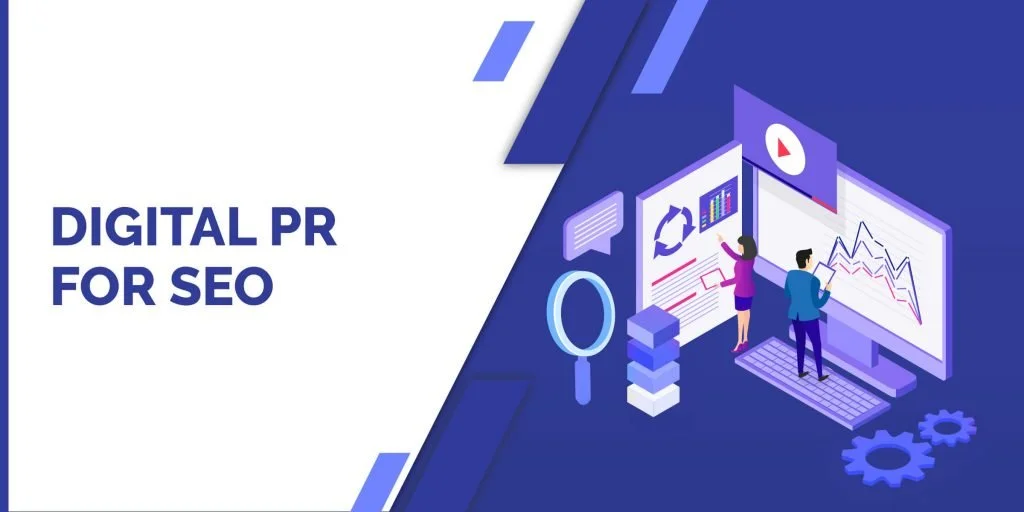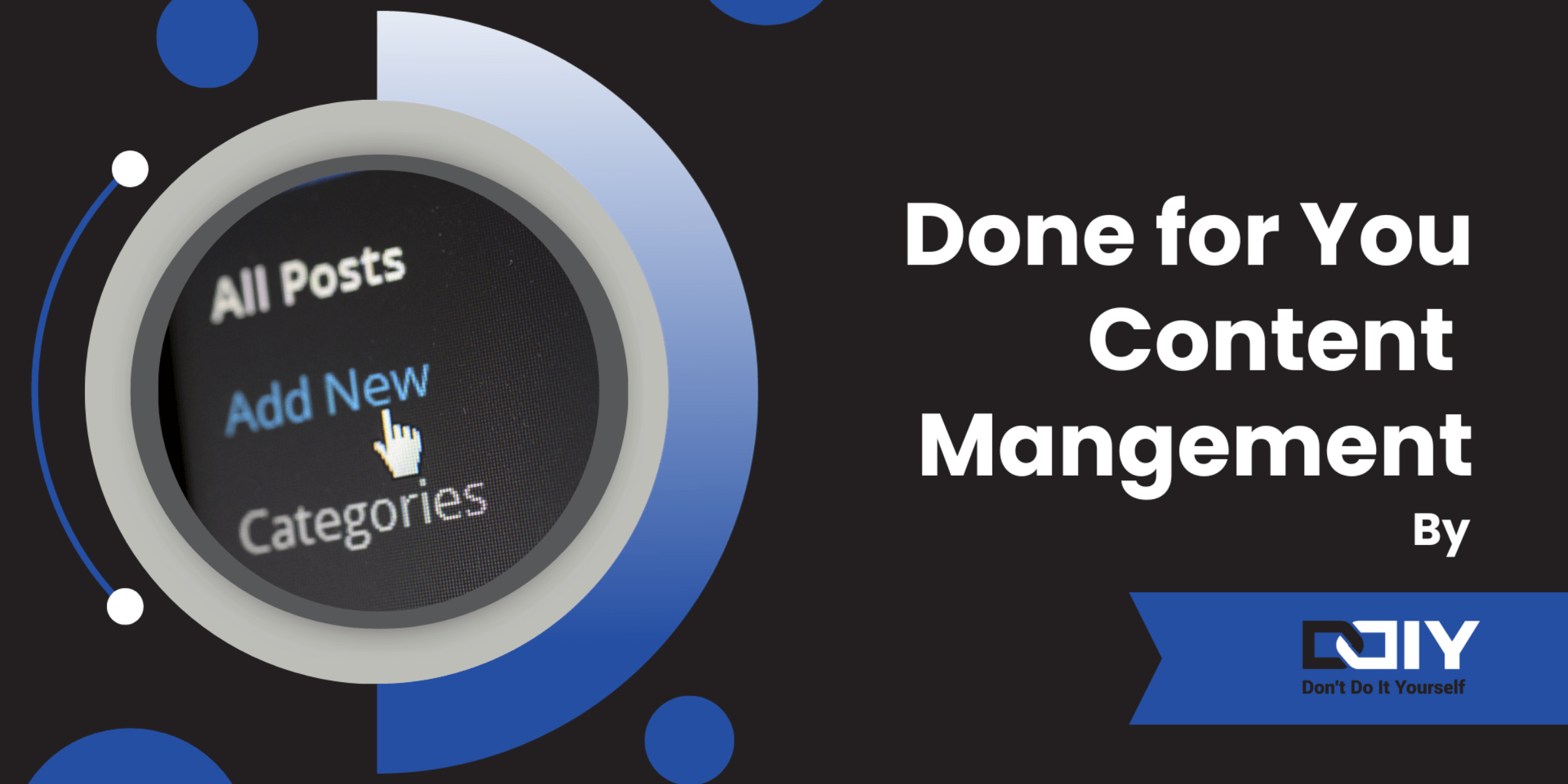

Inbound marketing is a powerful tool in today's fast-paced business world. It plays a pivotal role in fostering customer relationships and driving growth.
However, structuring an effective inbound marketing team can pose a challenge. It requires clear understanding, strategic planning, and careful organization. I've learned this firsthand while growing my own marketing agency, GrantSpark.
But first, let's talk about the Inbound Marketing department structures you have to choose from.
Best for Growth Marketers
Best for Paid Ads & CMO's
Table of Contents
Structuring Inbound Marketing Department
There are two main types of department structures based on company size and resources.
- Inbound Marketing department structure by discipline
- Org Type: Traditional corporate departments
- Best For: Midsize/Enterprise companies
- Inbound Marketing department structure by function
- Org Type: Employees are grouped by activities and objectives
- Best For: Small to Medium Sized Business (SMB)
Let’s go in-depth to each one of them.
1. Inbound Marketing Department Structure by Discipline


Discipline-based structure involves building teams centered around various marketing disciplines. For example, SEO, Content, Market Research, and Product Strategy could each form separate teams within a department.
| Discipline | Key Skills | Potential Roles |
|---|---|---|
| Content | Copywriting, SEO, Storytelling, Research, Editing | Content Manager, Copywriter, Editor, SEO Specialist |
| Social Media | Community Management, Content Creation, Analytics, Customer Service, Strategy Planning | Social Media Manager, Community Manager, Social Media Analyst |
| SEO | Keyword Research, On-page SEO, Link Building, Content Optimization, Analytics | SEO Specialist, SEO Manager, Link Builder, SEO Analyst |
| Copywriting, Automation, Data Analysis, A/B Testing, Personalization | Email Marketing Specialist, Email Marketing Manager, CRM Manager | |
| Analytics | Data Analysis, Reporting, Data Visualization, Predictive Modeling, Statistical Skills | Data Analyst, Marketing Analyst, Data Scientist |
| Design | Graphic Design, UX/UI Design, Branding, Visual Communication, Prototyping | Graphic Designer, UX/UI Designer, Art Director |
| Strategy | Strategic Planning, Market Research, Brand Development, Competitive Analysis, Budgeting | Marketing Strategist, Brand Manager, Marketing Director |
| Lead Generation | Prospecting, CRM, Sales Funnel Management, Relationship Building, Data Analysis | Lead Generation Specialist, Business Development Manager, Sales Manager |
2. Inbound Marketing Department Structure by Function


Another approach is structuring by function, where teams are formed based on the different functions they perform. For example, promotion, launches, and relationship management could all be separate teams.
| Function | Key Skills | Potential Roles |
|---|---|---|
| Conversion Rate Optimization | Analytics, UX/UI Design, A/B Testing, Customer Journey Mapping, Sales Funnel Management | Conversion Rate Optimization Specialist, UX/UI Designer, E-commerce Manager |
| Project Management | Planning and Organizing, Time Management, Problem-solving, Team Management, Budgeting | Marketing Project Manager, Marketing Operations Manager |
| Customer Relationship | CRM, Communication, Customer Service, Data Analysis, Relationship Building | CRM Manager, Customer Success Manager, Account Manager |
| Product Marketing | Market Research, Product Development, Competitive Analysis, Product Launch, Branding | Product Marketing Manager, Brand Manager, Product Manager |
| Public Relations | Media Relations, Content Creation, Brand Awareness, Crisis Management, Event Planning | Public Relations Manager, Communications Manager, Event Coordinator |
| Partnership Development | Networking, Relationship Building, Strategic Planning, Negotiation, Business Development | Partnership Manager, Business Development Manager, Affiliate Marketing Manager |
Inbound Marketing Team Size versus Business Scale
To achieve successful marketing outcomes, you need to align the team size with your business's scale – a strategic approach that helps optimize resources and drive targeted growth.
| Business Scale | Ideal Department Size | Explanation |
|---|---|---|
| Start-up | 1-3 people | Minimal resources, focus on essential tasks. |
| Small-Medium Business | 4-10 people | Increased needs, specialize in various inbound strategies. |
| Large Enterprise | 10+ people | Scale and complexity requires a larger, diverse team. |
Factors to Consider When Deciding On an Inbound Marketing Department Structure
- Business Goals: Consider your company's specific goals and objectives. The structure of your inbound marketing team should be designed to support and achieve these targets.
- Available Resources: Assess the resources at your disposal, such as budget, technology, and human resources. Your team structure should be capable of maximising these resources efficiently.
- Skills and Expertise: Recognize the skills and expertise required for successful inbound marketing. Ensure you have team members capable of content creation, SEO, social media, and analytics.
- Workflow Management: Think about how tasks will be assigned and managed. A well-structured team should have clear roles and responsibilities for every member, promoting productivity and efficiency.
- Adaptability: In today's fast-paced business environment, the ability to adapt is crucial. Your team structure should be flexible, allowing for quick changes in marketing strategies when necessary.
Explore other marketing departments:
- SaaS Marketing Team Structure
- Marketing Automation Team Structure
- Nonprofit Marketing Team Structure
So, there you have it, a detailed overview of an Inbound Marketing team structure. From the essence of the team and key roles, to structuring and optimizing; every aspect tailored to achieve success on your business blueprint.




















